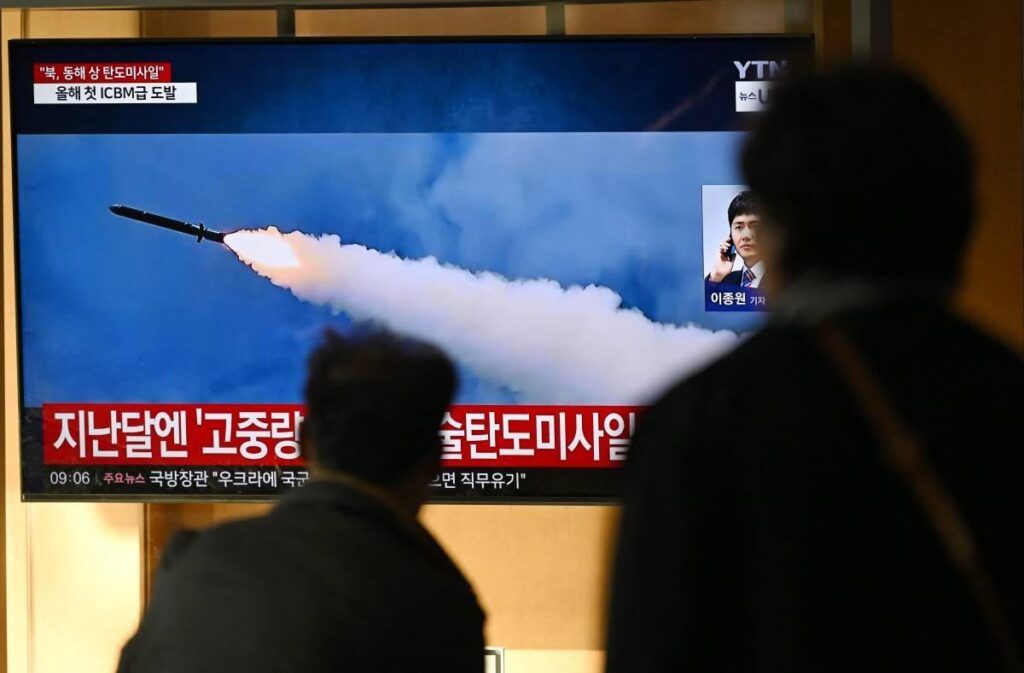In a strategic move aimed at enhancing South Korea’s defense capabilities, the United States has recently greenlit the sale of four E-7 early-warning planes to the East Asian nation. This significant development marks a crucial step towards bolstering military readiness and cultivating stronger partnerships in the region.
Enhancing South Koreas Defense Capabilities
The United States has recently approved the sale of four E-7 early-warning planes to South Korea, further enhancing the country’s defense capabilities. These aircraft are equipped with state-of-the-art radar systems, providing South Korea with advanced surveillance and reconnaissance capabilities.
With the addition of these E-7 planes, South Korea will be better equipped to detect and track potential threats in the region, bolstering national security. The sale of these aircraft highlights the strong military partnership between the United States and South Korea, and demonstrates a commitment to maintaining peace and stability in the Asia-Pacific region.
Strengthening Military Alliances with the US
The recent approval by the US to sell four E-7 early-warning planes to South Korea marks a significant step in strengthening military alliances between the two countries. These advanced aircraft will enhance South Korea’s defense capabilities and contribute to regional security.
The E-7 early-warning planes are equipped with state-of-the-art radar systems, providing South Korea with increased surveillance and early detection capabilities. This strategic acquisition will not only bolster South Korea’s defense infrastructure but also solidify its partnership with the US in ensuring peace and stability in the region.
The Operational Advantages of E-7 Early-Warning Planes
The E-7 early-warning planes, also known as Airborne Early Warning and Control (AEW&C) aircraft, offer a range of operational advantages that make them a valuable asset for military forces. These planes are equipped with sophisticated radar systems that allow them to detect and track targets over long distances, providing advanced warning of potential threats. With their ability to monitor airspace in real-time, E-7 planes enhance situational awareness and help commanders make informed decisions quickly.
One key advantage of E-7 early-warning planes is their versatility in various operational scenarios. Whether used for surveillance, reconnaissance, or command and control purposes, these aircraft can adapt to different mission requirements with ease. In addition, their ability to communicate with other assets in the air and on the ground enables seamless coordination and integration of forces. By leveraging the capabilities of E-7 planes, military forces can enhance their operational effectiveness and achieve mission success with confidence.
In Conclusion
the approval of the sale of four E-7 early-warning planes to South Korea marks a significant milestone in enhancing the country’s defense capabilities. With these state-of-the-art aircrafts, South Korea will have heightened surveillance and reconnaissance capabilities, ensuring greater security and protection for its borders. The partnership between the US and South Korea continues to strengthen, emphasizing the shared commitment to regional stability and security. As South Korea prepares to welcome these advanced aircrafts, the future looks promising for bolstering defense efforts in the region.


